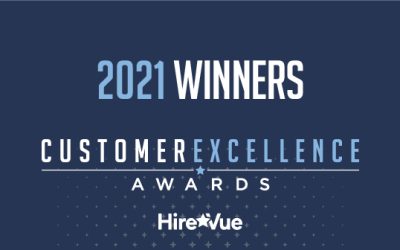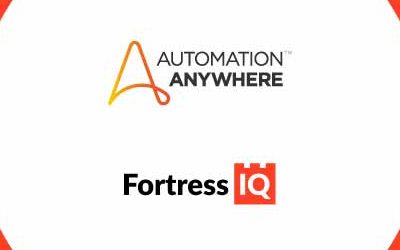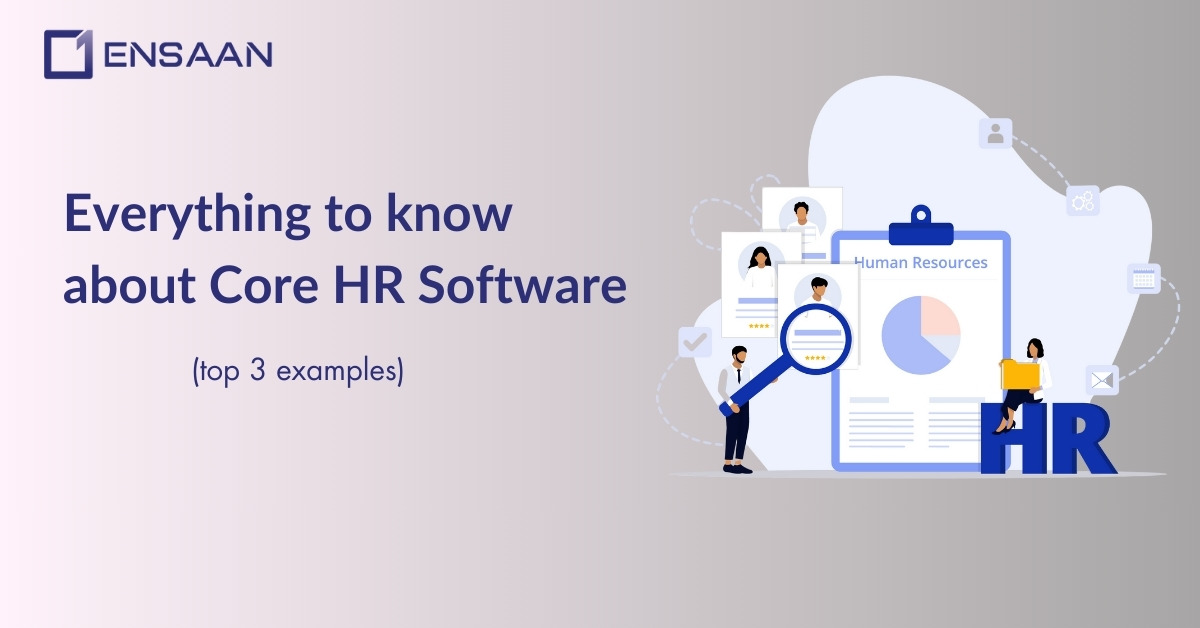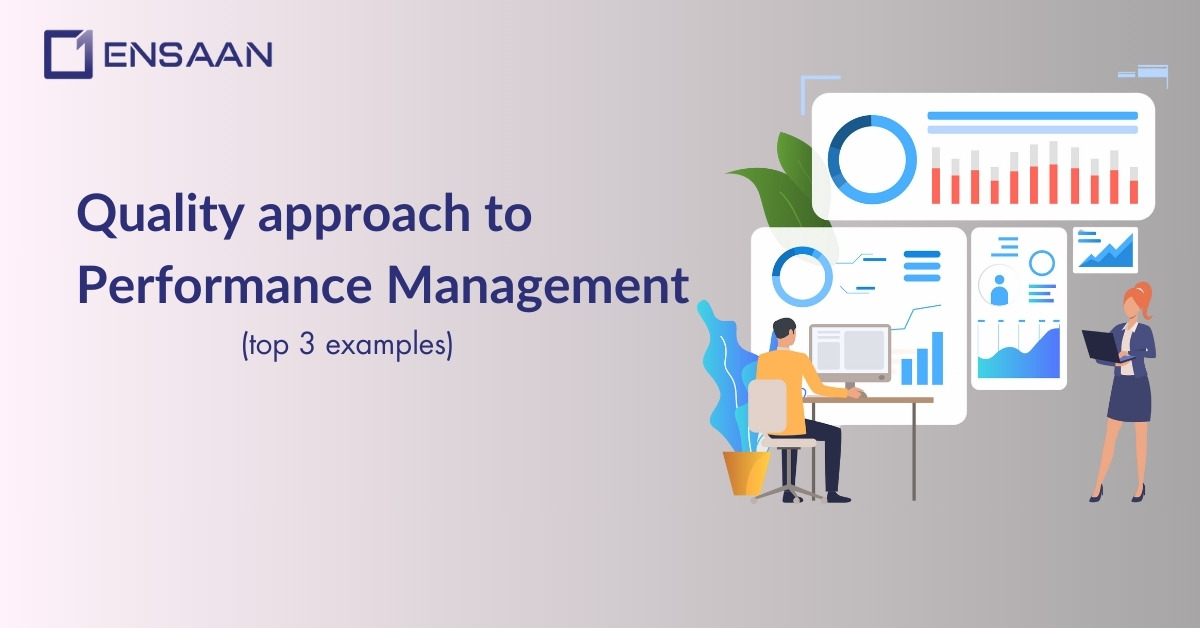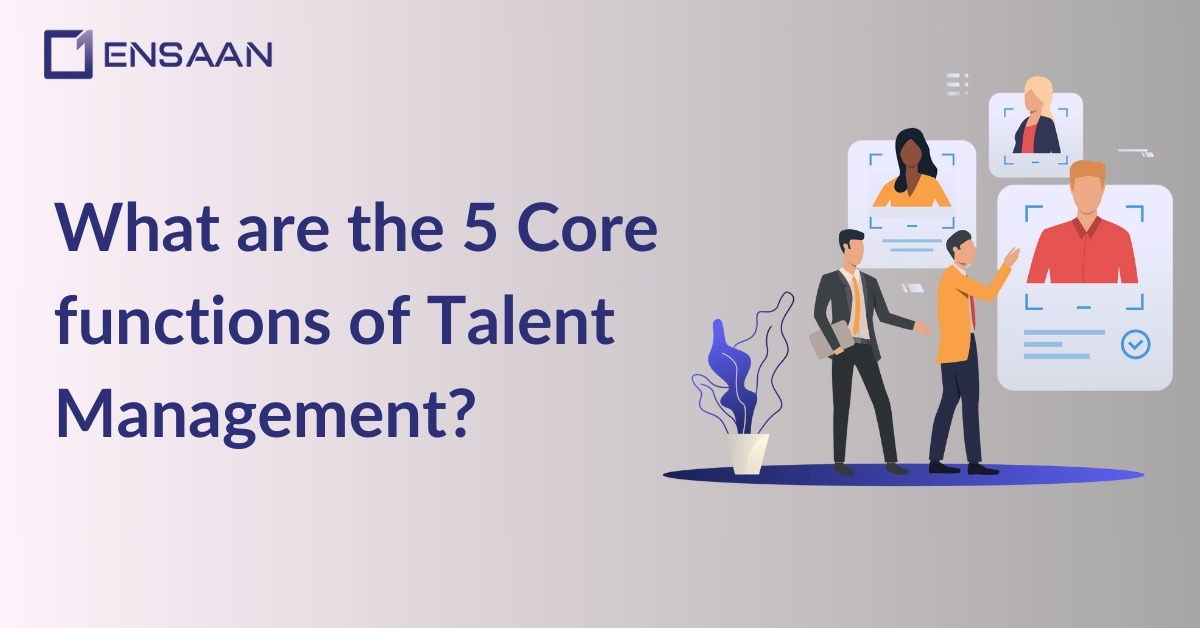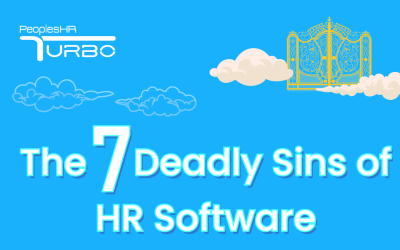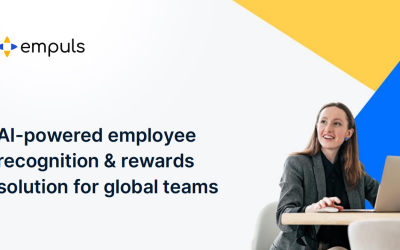With the enhancement in technology, there has been a change in the way modern businesses carry out their overall business operations.
Organisations are adopting technology to run their operations smoothly and efficiently, whether it be keeping accounting records or workforce management.
Among the different types of technology, Human Capital Management (HCM) and Enterprise Resource Planning (ERP) software are the most common software organisations use today.
One feature HCM and ERP offer is integration. In this blog, we will discuss HCM and ERP integration and its benefits.

What is HCM and ERP Integration?
Human Capital Management (HCM) refers to the policies and practices an organisation follows for its workforce management.
A Human Capital Management Solution is software designed to manage an organisation’s workforce efficiently and effectively.
Tools and features in HCM solutions simplify an organisation’s workforce management.
On the other hand, Enterprise Resource Planning (ERP) is a software system that integrates all major business functions, including procurement, accounting, supply chain management, and risk management.
HCM and ERP integration refers to connecting human capital management and enterprise resource planning systems. This integration allows an organisation’s HR process to streamline with other business functions.
Benefits of HCM and ERP Integration
So far, we have discussed HCM and ERP integration. Now, it’s time to move ahead and find out why integrating HCM and ERP is important for an organisation.
Thus, in this section, we will look into the benefits of HCM and ERP integration.
1. Streamlined Process Leading to Increased Engagement:
Integration of HCM and ERP systems creates a unified system.
This helps eliminate the need for duplicate data entry into each system and manual data transfers. As all the necessary data can flow seamlessly from one system to another, there is less chance of duplication and errors.
This ultimately helps to create an efficient, streamlined process for consistent workflow in an organization.
An efficient and consistent workflow results in increased workforce engagement by simplifying processes and reducing administrative burdens.
2. Better insights into Data and Analytics:
Modern-day businesses depend heavily on data to make business decisions and improve organisational processes.
When an organisation’s HCM and ERP data are stored in two different databases, maintaining and integrating them for business use can be challenging.
Integrating HCM and ERP data in a single unified system helps you record data from different sources on a single system.
This allows you to get accurate data, ultimately providing better insights into data and analytics.
3. Improved Communication and Collaboration:
If the data sources of the HRM and ERP systems are different, there might be chances for inconsistency in data.
This results in conflict and confusion between departments regarding the reliability of data.
Integration of HCM and ERP systems can resolve this issue. In an integrated system, different departments of an organisation, such as human resources and finance, use data from the same source.
This reduces the chances of inconsistency and errors in data, resulting in improved communication and collaboration.
4. Enhanced Decision Making :
Other benefits of HCM and ERP integration include its role in enhancing decision-making.
An integrated system provides a combined view of human resources data with other organisational data, such as financial data.
The combined data from the system provides comprehensive insights into different organisational aspects. It includes real-time data on workforce costs and sales performance that helps decision-makers make informed decisions and plan strategically.
5. Higher Adoption and Workforce Optimisation:
Suppose your organisation has separate HCM, CRM, and ERP software.
Each employee needs to use these systems separately, which would make them reluctant to use all these systems simultaneously, lowering the adoption rate.
Now, when your organisation has an integrated system, your employees must only learn to use a single system. This helps increase the adoption of technology in your organisation, and when employees adopt technology, workforce optimisation is more accessible.
6. Reduced Security and Compliance Risk:
Other benefits of HCM and ERP integration include reducing security and compliance risks.
First, implementing security measures for a single integrated system can be easier than for multiple systems. You can dedicate most of your organizational resources to data protection and other security concerns.
On the other hand, having real-time data reduces the chances of compliance risk.
An integrated system makes it possible to track, manage, and monitor compliance requirements more effectively, helping ensure that you adhere to all of the compliance requirements related to different departments.
Streamline Your HR in the GCC with our HCM Solutions
As a leading provider of HCM solutions in the GCC region, Ensaan Technologies can help your organisation unlock the benefits of HCM and ERP integration.
Our comprehensive HCM Software Suite offers a wide range of features to streamline your HR processes, improve workforce management, and gain valuable insights from your data.
We serve clients across the GCC, including UAE, KSA, and Qatar.
Contact Ensaan Technologies today to learn how we can help you achieve your HR goals through seamless HCM and ERP integration.

Conclusion
Technology has actively enhanced the efficiency and effectiveness of business operations.
Whether it be accounting software or Human Capital Management Solutions, adopting proper technology helps organisations streamline their business operations.
Businesses use different systems to carry out different functions.
An organization uses the Best HCM Softwares to manage its workforce; similarly, it uses ERP software for major business functions.
While these solutions can be used separately, integrating these two systems can offer multiple benefits for an organisation.
The significant benefits of HCM and ERP integration include streamlined organisational processes, better insights into data and analytics, and improved communication and collaboration.
In addition, HCM and ERP integration can help in decision-making, lead to a higher adoption rate among employees, and reduce security and compliance risks.


